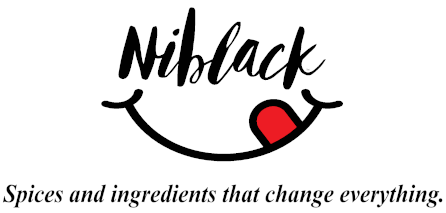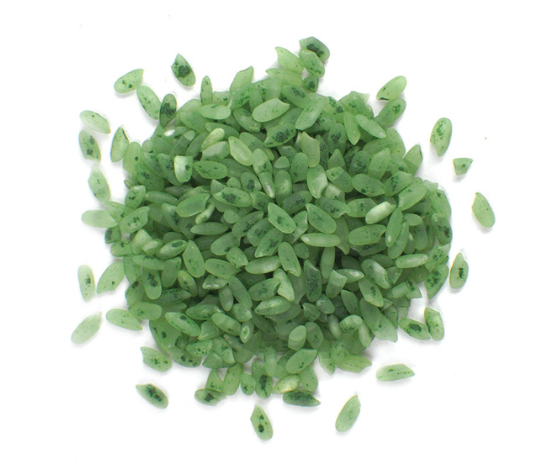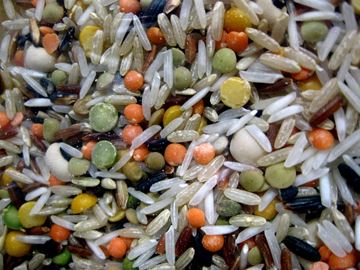Description
Bamboo rice is not a specific varietal of rice, but is rather a short-grained white rice which has been treated with the juice of young bamboo plants. While milling the rice, the chlorophyll from the bamboo is added. This process causes the rice to be high in vitamin B, and gives it a flavor and aroma much like that of a jasmine green tea.
- Light, tender cooked texture
- Pale jade green color
- Naturally gluten free
- All natural
A striking pale green, bamboo rice is not technically considered sushi rice, but is sometimes used for sushi to lend color to sushi rolls. Bamboo rice should not be cooked like regular sushi rice. To cook bamboo rice, 1.5 cups of water (0.35 L) should be added to each eight ounces (227 g) of bamboo rice. Rice should then be cooked as usual, but allowed to sit for 20 minutes after cooking.
Nutrition Facts, Serv. Size: 1/4 cups (47g), Servings: 8, Amount Per Serving: Calories 160, Fat Cal. 20, Total Fat 2.5g (4%DV), Sat. Fat 0g (0%DV), Trans Fat 0g, Cholest. 0mg (0%DV), Sodium 0mg (0%DV), Total carb. 29g (10%DV), Fiber 1g (4%DV), Sugars 0g, Protein 3g, Vitamin A (0%DV), Vitamin C (0%DV), Calcium (0%DV), Iron (4%DV). Percent Daily Values (DV) are based on a 2,000 calorie diet.
Full Description:
Bamboo rice is short-grain rice that is colored and flavored by the juice, or “tea,” of fresh bamboo. The juice is added after the milling process, which removes the hull and bran of the rice, allowing the juice to permeate the remaining grain.
Bamboo Rice recreates the ancient Chinese tradition of cooking rice in bamboo, thus uniting two of the most noble and valued plants in all of Asia and imparting a regal jade color. Bamboo is seen as a symbol of fortune and long life, while rice is life-giving sustenance.
Our bamboo rice offers striking and exotic pale green color and delicate herbal taste and aroma. Before cooking, bamboo rice is a striking, deep jade green hue. After cooking some color remains, in addition to a subtle herbal flavor. Bamboo Rice has a moist and sticky texture, so other ingredients like vegetables adhere well to it, making it a unique option for risotto-style dishes, sushi and other applications in which a sticky rice is desired.
In addition to providing a gorgeous color and subtle flavor, the addition of bamboo juice returns some of the nutrients that are lost in the white rice milling process. Bamboo Rice is especially high in vitamin B and antioxidants.
From the Times of India, about Bamboo Rice:
Bamboo Rice, also known as Mulayari is actually the seed of a dying bamboo shoot that is produced at the end of its life span. According to research, it is an important and major source of income for tribals living in the forests. The reason this rice is commonly not available is that it takes many years for an aged plant to flower from which this short-grain rice is extracted.
When it comes to cooking, it is cooked like any other variety of rice and has a very sweet taste. The difference lies in its texture once cooked. It is chewy and moist and is often used to make khichdi.
A study conducted on bamboo rice says that it is high in protein content than both rice and wheat. It is beneficial in joint pain, back pain and rheumatic pain as well. For those suffering from cholesterol issues, regular consumption of bamboo rice helps lower cholesterol levels. Also, it has anti-diabetic properties.
According to experts, the medicinal properties of bamboo rice makes it a smart choice for those suffering from concerned health issues. And that’s the reason it is expected that in the coming 5 years, bamboo rice will capture a good market portion in the grocery market.







Reviews
There are no reviews yet.